October 12th is Spain’s ‘National Day’, known as el Día de la Hispanidad. Though somewhat controversial as its origins lay in celebrations of Christopher Columbus and Spanish imperialism, El Día de la Hispanidad has evolved over the years into a day of jolly jingoism and patriot parades.
READ ALSO: How Spain celebrates its National Day (and why not everyone is happy about it)
The biggest event on National Day in Spain is a massive military parade along Madrid’s Paseo de la Castellana – it is also Armed Forces Day.
The army, navy, air force, Guardia Civil and even the Spanish Legionnaires – who even bring with them their goat mascot – come out in force to march along the capital’s grandest thoroughfare.
King Felipe VI, who is head of the armed forces, attends with Queen Letizia and their daughters, as well as the Prime Minister, and other leading politicians.
This year’s parade wasn’t without controversy, however, as Prime Minister Pedro Sánchez reportedly left the King waiting during the parade, and was then roundly booed and showered with shouts of ‘resign’ and ‘resignation’.
Not ideal for the Prime Minister on Spain’s national day, but the culmination of the event is always a fly-by from the Spanish Air Force acrobatics team, the Patrulla Águila.
We’ve collected some of the best pictures from the parade to give you a sense of what Spain’s Día de la Hispanidad is really like.

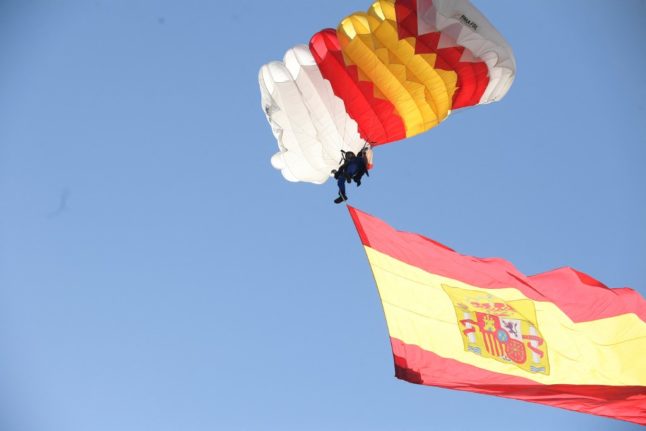
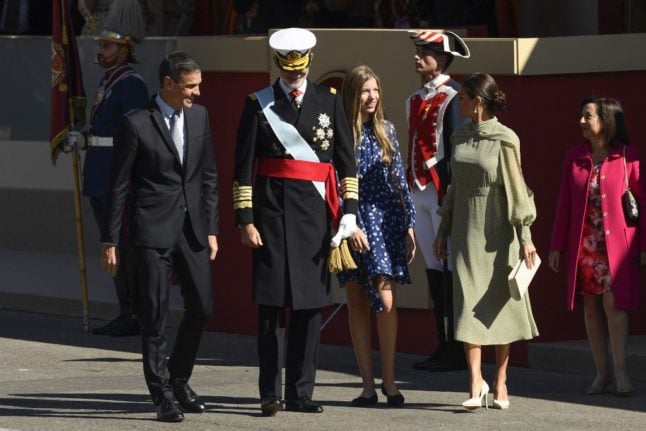
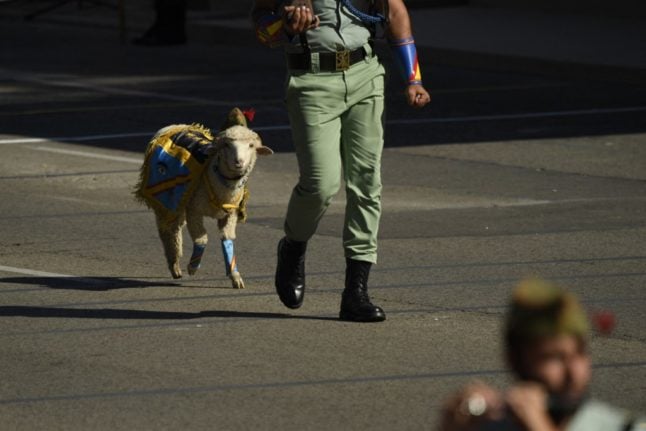

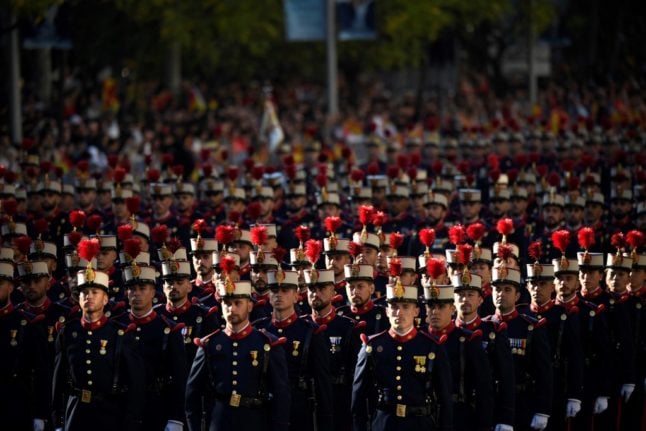
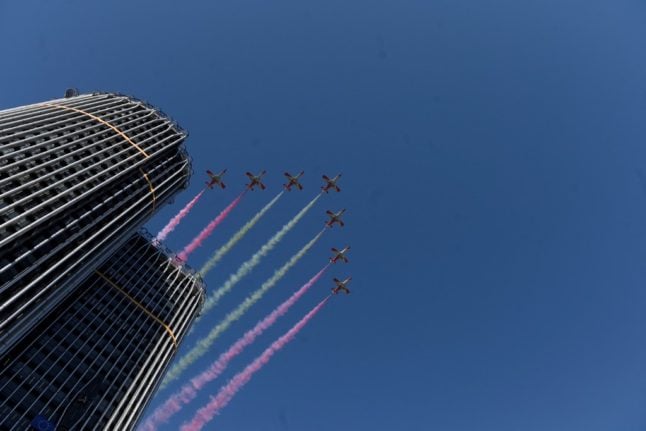

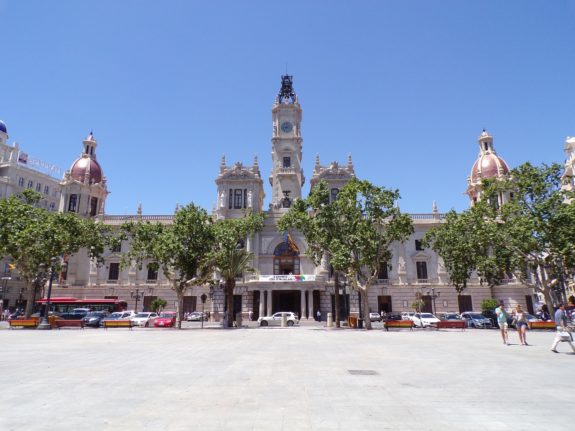
 Please whitelist us to continue reading.
Please whitelist us to continue reading.
Member comments